TTC Video Great Pharaohs Of Ancient Egypt
English | Authored by Bob Brier (Ph.D., The University of North Carolina) | Run Time: ~6 hrs | DVD-Rip + Audiobook + PDF Guidebook | XviD ~900kbps | 640×480 | MP3 128kbps | 2.52 GB
Genre: eLearning, Historical, Ancient Time
No great civilization continues to speak to us like that of ancient Egypt. But what is it about this ancient civilization that still captures our imaginations? What made Egypt special, allowing it to grow, in Professor Bob Brier’s words, “from a scattering of villages across the Nile to the greatest power the world had ever seen”?
Professor Brier has designed this course to focus on the fascinating leaders of ancient Egypt. The information in this course is also covered in our more extensive course, The History of Ancient Egypt.
“My thesis in Great Pharaohs of Ancient Egypt is that what made Egypt great were the people—individuals who did great things,” says Professor Brier. “By recounting the lives and accomplishments of the great ones of Egypt, we will present a history of Egypt spreading over 30 centuries. By the time we come to the last ruler of Egypt, Cleopatra, we will have peered into almost every aspect of ancient Egyptian life, seen what made Egypt great, and what finally brought about its downfall.
“My hope is that by the end of the course you will have a sense that you personally know the men and women who made Egypt the greatest nation of the ancient world.”
A Great Teacher and Egyptologist
Professor Brier is an Egyptologist and specialist in mummies who knows the ancient Egyptians—literally—from the inside out. In fact, in 1994, Dr. Brier became the first person in 2,000 years to mummify a human cadaver in the ancient Egyptian style. This research was the subject of a National Geographic television special, Mr. Mummy.
Relaxed, matter-of-fact, and wryly humorous, he weaves into the stories of the great pharaohs the daily realities of Egyptian life. You learn, for example, that the origin of eye makeup was not due to vanity. Instead, makeup was ground on small, personal palettes and worn by every Egyptian for the same reasons modern athletes wear black eyeliner under their eyes: to absorb the sun’s glare.
A Palette Launches 3,000 Years of Imagery
It is a quite different palette—that of Narmer, the king who unified Egypt—that marks our real introduction to Egypt’s great rulers. Considered the first historical document, the “Narmer Palette” reveals images of traditions Narmer created that would endure for 3,000 years, including the double crown of Egypt and the “smiting pose” in which all pharaohs ever after would be shown.
Just as scholars look to the Narmer Palette as their earliest message from Egypt, it is the pyramids that perhaps serve that role for the rest of us.
The pharaoh Sneferu, seeking a suitable way to house his own burial chamber, taught Egypt how to perfect the pyramid, a structure whose origins lay in the need to protect desert graves from exposure by the wind. Professor Brier makes it clear, however, that pyramids were far from Sneferu’s only achievements.
A Female Pharaoh Lost to History
One of Egypt’s greatest rulers, the female pharaoh Hatshepsut, raised magnificent obelisks at the Temple of Karnak and built what Professor Brier calls “perhaps the most beautiful temple in all of Egypt,” Deir el-Bahri. The inscriptions on the temple’s walls are the first known depictions of sub-Saharan Africa; Hatshepsut was so powerful a king she was able to send a trading expedition there.
Ironically, most of the evidence of Hatshepsut’s existence was systematically erased after her death; Egyptians simply did not want to acknowledge that a woman had been king.
Professor Brier continues with the tale of one of Egypt’s most controversial pharaohs, Akhenaten, who tried to alter the three stabilizing principles of Egyptian society—the religious, military, and artistic traditions of the most conservative nation on earth—and almost destroyed Egypt in the process. Akhenaten’s story left a legacy the ancients would attempt to erase. Ironically, this forgotten pharaoah would be the father of the most famous pharaoh in modern times: the boy-king Tutankhamen.
Tutankhamen: Murdered by His Successor?
The discovery of Tutankhamen’s tomb by Howard Carter in 1922 is the most scrutinized episode in the history of Egyptology, and Professor Brier leads a fascinating exploration into the world of Egyptian tombs.
For those who love a good mystery, Professor Brier introduces his own theory that Tutankhamen was actually murdered by Aye, the vizier of Egypt, as part of a successful plot to gain the crown for himself.
The next major subject in the series is Ramses II, or Ramses the Great. His 67-year reign was the longest of all the pharaohs, but the last two-thirds of that reign began with a treaty with Egypt’s ancient Hittite enemy and bear little resemblance to his early years of war, conquest, and monument-building.
Ramses has been reputed to be the pharaoh of the biblical exodus. And though there is no archaeological evidence to support the story, Professor Brier offers some tantalizing connections to what we know of Ramses’s actual life.
Nubia Tries to Restore Egypt’s Greatness
After the death of Ramses, Egypt entered a long decline. As Egypt weakened, Nubian neighbors to the south, in what is now Sudan, grew strong. They eventually moved north taking control and trying to rebuild—primarily through the efforts of five great Nubian kings—the great Egyptian traditions they had seen crumble away.
Rather than conquer Egypt, they restored it. They celebrated Egyptian religious festivals and even took over some Egyptian burial practices. The first of these kings, a ruler named Piye, even built a pyramid, though it had been 1,000 years since the last Egyptian pyramid had risen from the desert.
From the Nubians, Professor Brier takes you into the Greek era of Egyptian history, beginning with the career of Alexander the Great. He discusses the three great events that marked his sojourn in Egypt: the declaration by the oracle at Siwa that Alexander’s father was “the Sun”; his crowning as Pharaoh that the oracle’s pronouncement made possible; and his creation of the city of Alexandria, which Alexander mapped out by dropping a trail of grain to show where the streets should go.
The Reign of the Ptolomies
The death of Alexander gave rise to the reign of a series of Ptolemies—15 rulers in all—beginning with Ptolemy I.
Running Egypt like a business, the early Ptolemies had some notable achievements, including Ptolemy I’s building of Alexandria’s Pharos Lighthouse and its extraordinary library.
The Ptolemies were unable to sustain their brilliant beginning. The last Ptolemy was Cleopatra, the enigmatic Grecian ruler who learned Egypt’s language and tried to resurrect both the nation’s religion and greatness. Her valiant attempts to save Egypt, with the aid of Julius Caesar, and afterwards with Marc Antony, were doomed. Egypt, no longer a nation, would become a Roman province.
Should I Buy Audio or Video?
This course works well in all formats. There are more than 230 pictures as well as maps and on-screen text in the DVD version. Pictures include Egyptian artifacts, photographs of monuments, and illustrations.
Lecture Titles
King Narmer—The Unification of Egypt
Sneferu—The Pyramid Builder
Hatshepsut—Female Pharaoh
Akhenaten—Heretic Pharaoh
Tutankhamen—The Lost Pharaoh
Tutankhamen—A Murder Theory
Ramses the Great—The Early Years
Ramses the Great—The Twilight Years
The Great Nubians—Egypt Restored
Alexander the Great—Anatomy of a Legend
The First Ptolemies—Greek Greatness
Cleopatra—The Last Pharaoh

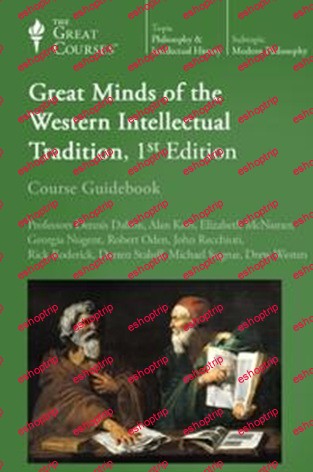


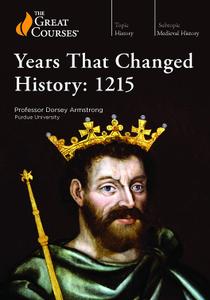

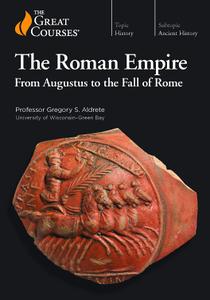
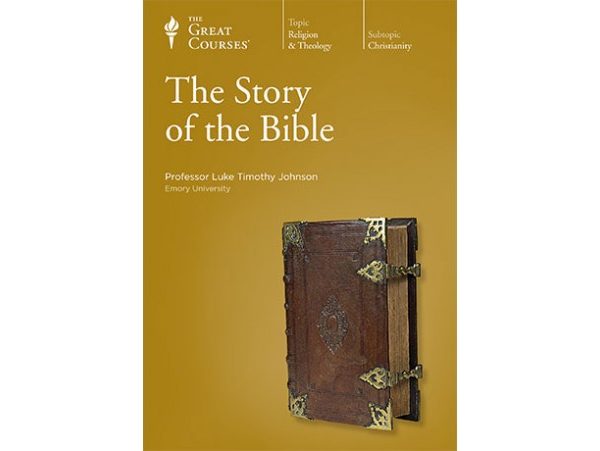


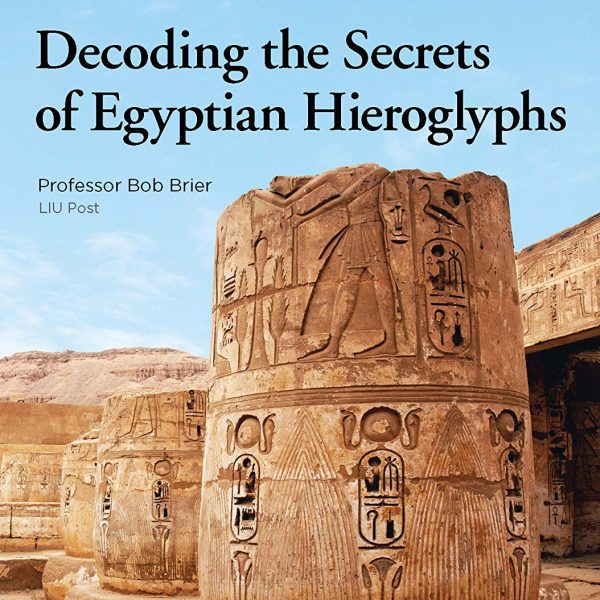
Reviews
There are no reviews yet.